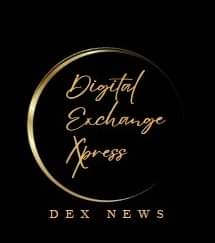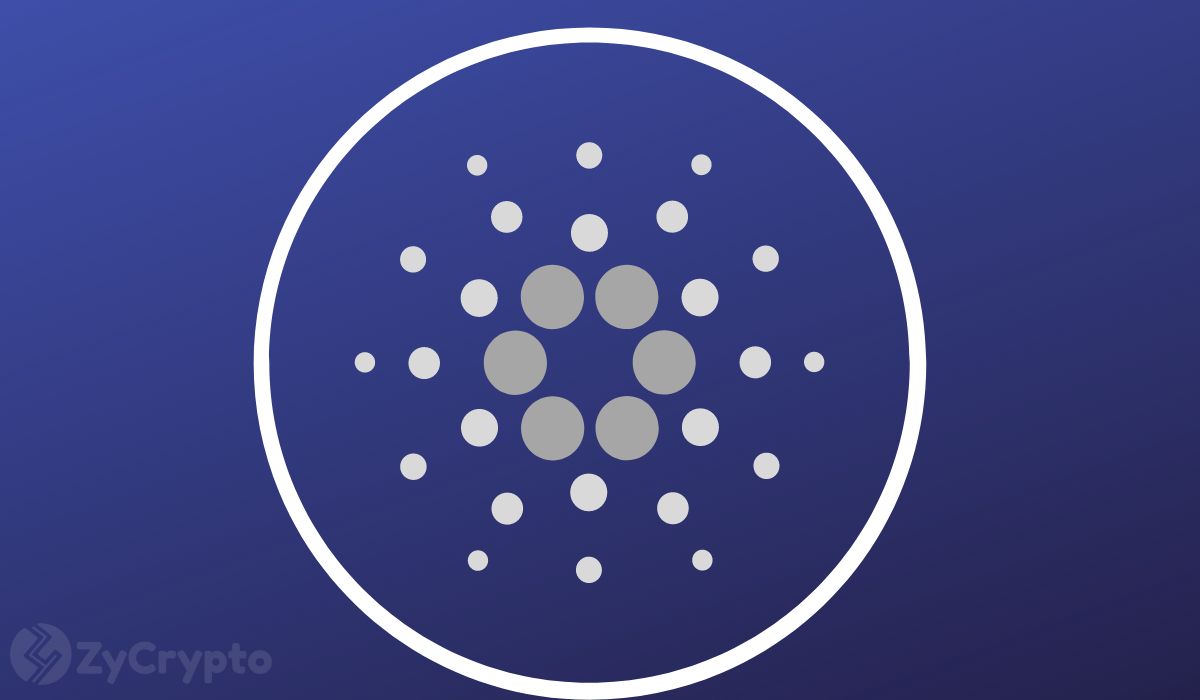ARTICLE AD BOX

Solana (SOL) is a cryptocurrency that was designed to work similarly to and improve upon Ethereum. Named after a small Southern Californian coastal city, Solana is the brainchild of software developer Anatoly Yakovenko.
Yakovenko first proposed this innovative blockchain in 2017, and Solana launched in March 2020. Today SOL has become popular crypto, ranking as the 11th largest coin by total market capitalization.
What Is Solana?
Solana is a blockchain with striking resemblances to Ethereum—in fact, it’s frequently referred to as an “Ethereum killer.” Like Ethereum, the SOL token can be bought on most major exchanges. The token’s actual value is in conducting transactions on the SOL network, which has rare advantages.
The SOL blockchain uses a proof-of-history consensus mechanism. This algorithm uses timestamps to define the next block in Solana’s chain.
Most early cryptocurrencies, such as Bitcoin and Litecoin, use a proof-of-work algorithm to define the blocks in their chains. Proof of work uses a consensus mechanism that relies upon miners to determine what the next block will be.
However, this proof-of-work system is slow and resource-heavy, leading to the use of tremendous amounts of energy. This is one reason why Ethereum converted to a proof-of-stake system, reducing energy consumption by 99.9%.
Unlike the earlier proof-of-work mechanism, proof of stake uses staking to define the next block. Staked tokens are held as collateral by the blockchain until validators reach a consensus about the chain’s next block.
Solana’s Delegated Proof of Stake
According to Konstantin Anissimov, chief operating officer at crypto exchange CEX.IO, SOL uses “a mixture of time-tested cryptographic strategies and fresh innovations to address the shortcomings of crypto’s first-wave solutions.”
Powered by its unique combination of proof of history and what’s referred to as delegated proof-of-stake algorithms, the main problem SOL was attempting to solve was Ethereum’s scalability issues. Delegated proof-of-stake is a variation of the more traditional proof-of-stake algorithm.
For those who need a refresher, the proof-of-stake mechanism is a process of transactions for creating new blocks in a blockchain using a system of validators.
Solana brings users several advantages with its delegated proof-of-stake mechanism. The history algorithm adds a layer of security to the network, says Christian Hazim, analyst at ETF provider Global X.
In essence, Solana addresses two out of three issues identified by Ethereum co-founder Vitalik Buterin in his blockchain trilemma of scalability, security and decentralization.
Even though Buterin initially claimed Ethereum would address all three aspects of this trilemma, most experts believe that it only addresses two factors: decentralization and security.
However, SOL is designed to address two parts of the trilemma: scalability and security. SOL’s proof of history algorithm presents unique security for the network. While the speed with which the Solana platform performs computations allows for increased scalability.
What Makes Solana Unique?
By using a unique blend of proof of history and delegated proof of stake, Solana offers exponentially faster transaction speeds than its closest competitors, Ethereum and Cardano (ADA), at a fraction of the cost, Anissimov says by using a unique blend of proof of history and delegated proof of stake.
Unlike proof of work, which utilizes the miners themselves to define the next block in a chain, or proof of stake, which uses staked tokens to define the next block, proof of history uses timestamps in its definition of blocks for the Solana chain.
This innovative system lets validators on the blockchain vote on the timestamps of different blocks in the chain. This continues to keep the chain relatively decentralized while simultaneously allowing for more secure and faster computations.
How Does Solana Work?
Solana works on a combination of proof-of-history and delegated proof-of-stake protocols.
The reason for this combination of protocols, Bryan Routledge, associate professor of finance at Tepper School of Business at Carnegie Mellon University, says SOL is trying to “process lots of transactions quickly.”
Routledge points out that trying to process transactions quickly usually requires centralization. For example, Visa uses a huge network of computers to keep its processing speed on track. Bitcoin, on the other hand, Routledge says, “processes transactions very slowly” to remain decentralized.
Since the entire point of blockchain technology is to provide decentralized systems, Solana attempts to process transactions at speeds akin to a large, centralized company like Visa while maintaining the decentralization of Bitcoin. This speed allows for increased scalability since the environmental and monetary costs of Solana’s systems are lower.
The speed at which blocks are added to Solana’s blockchain requires additional levels of security for the blockchain. This is where SOL ‘s proof of history algorithm comes into play. This algorithm timestamps each block in such a way that maintains the system’s security.
Solana’s SOL tokens are then staked and used as collateral to process transactions on the network. These transactions include everything from validating smart contracts to using SOL as a non-fungible token (NFT) marketplace.
In August 2021 came one of SOL big breaks and more than a year later SOL launched when Degenerate Ape Academy became the first crucial NFT project on the Solana NFT marketplace. During the first three weeks of that month, Solana’s price jumped from around INR 2,496 to INR 6,241 in value.
SOL’s all-time high was in November 2021, when it peaked at nearly $260 during the height of the crypto bull run.
Solana vs. Ethereum
SOL and ETH hold some things in common, but they also have stark differences. Here is a short breakdown of where the two platforms overlap and where they diverge:
In addition, Hazim mentions it’s important to note that SOL Labs, Solana’s technology company, is working on several interesting products. These include SOL Pay, allowing cheaper, safer and faster transactions.
SOL Labs has also launched the SOL Mobile Stack. This Android toolkit opens up the possibility for mobile expansion. Solana expects to launch its mobile phone, the SOL Saga, in early 2023.
Investing in Solana
Like most of the world’s major cryptocurrencies, SOL tokens can be traded on any number of platforms. This includes centralized exchanges like Binance.US, Coinbase, and Kraken, to name a few. In some cities around the globe, SOL tokens are even available in crypto and NFT ATMs.
After purchasing SOL tokens, investors will want to store the tokens in a crypto wallet. Unlike the name suggests, crypto wallets are not where cryptocurrencies themselves are stored. Rather, they are wallets where owners store the keys to their cryptocurrencies. These wallets can either be stored offline or online (The safest option for storage is offline with a cold wallet.)
SOL tokens also have many use cases. Among other things, they can be used for peer-to-peer payments, trading, and as an incentive to secure the SOL network as a validator.
But as with all cryptocurrencies, investors should consider speaking with a financial advisor before investing in SOL.
Cryptocurrencies are highly volatile and extremely risky investment vehicles. Investors should be certain they can afford to lose the money they invest in SOL, even if they believe in Solana’s potential.
.png)
 1 year ago
8
1 year ago
8









 English (US)
English (US)